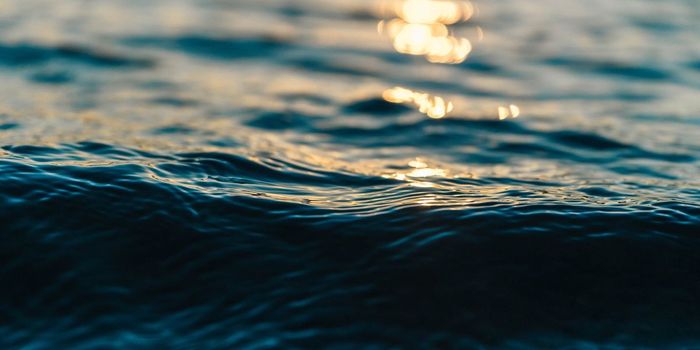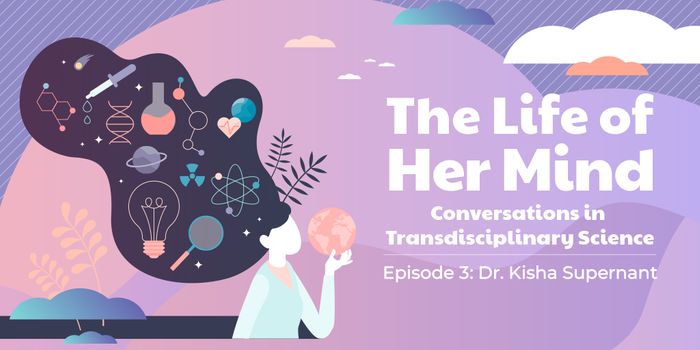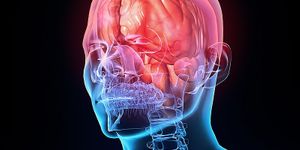An Ohio teenager died last week after contracting a brain-eating amoeba called Naegleria fowleri while rafting at the U.S. National Whitewater Center (USNWC) in Charlotte. The microbe causes an infection, Primary Amebic Meningoencephalitis (PAM).
The Centers for Disease Control and Prevention (CDC) has publicly available information on this amoeba. A lover of high temperatures, it is normally found in freshwater environments like rivers and lakes and resides in bodies of water around the world, but is not found in saltwater.
The PAM infection, while rare, is extremely deadly. Of the 138 infections in the U.S. reported to the CDC from 1962-2015, all but three were fatal. After the amoeba enters the body through the nose, it migrates to the brain via the olfactory nerve and begins to destroy tissue there.
The PAM infection has never been found to have spread from person to person. Drinking contaminated water does not cause PAM infection either. It is still unknown why some people get infected by Naegleria fowleri while people who swam along with them remain free of infection. There could be a certain level of amoeba required for infection to occur, but that is unknown and no method currently exists to measure the amount of amoeba that are present in water.
The USNWC has issued a press release stating that after conferring with the CDC and local health officials, all whitewater activities there are temporarily suspended effective immediately.








